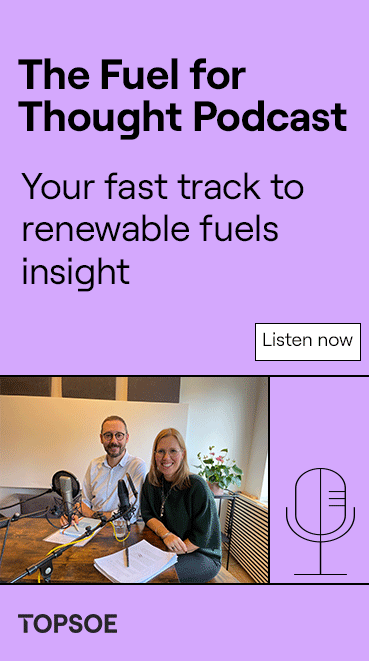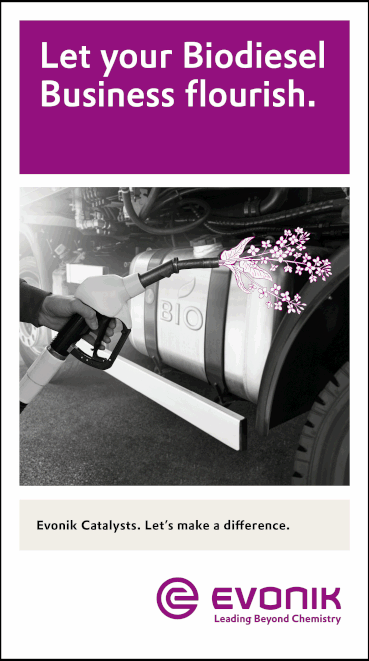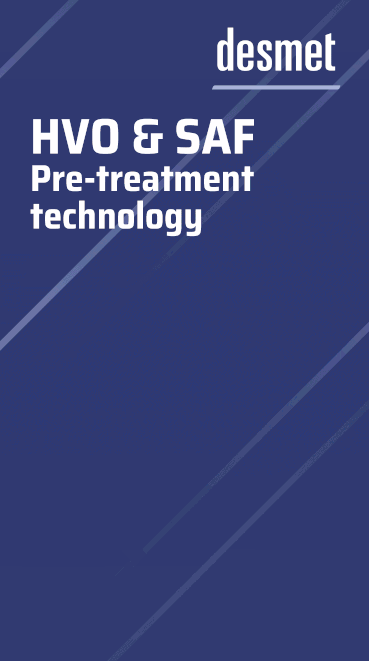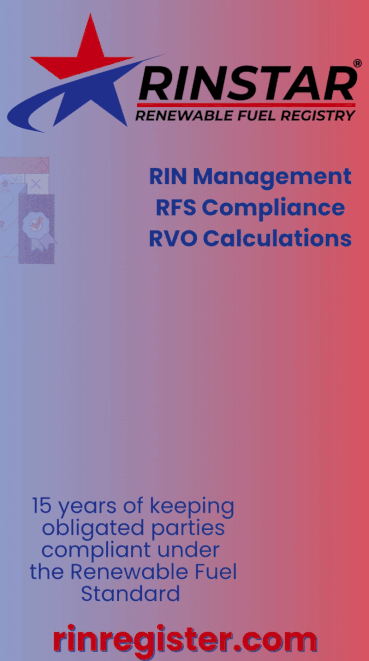IATA estimates SAF production increased 200% in 2022
- International Air Transport Association
- Dec 7, 2022
- 2 min read

The International Air Transport Association estimates that sustainable aviation fuel (SAF) production will reach at least 300 million liters (79.3 million gallons) in 2022—a 200 percent increase on 2021 production of 100 million liters (26.4 million gallons).
More optimistic calculations estimate total production in 2022 could reach 450 million liters (118.9 million gallons).
Both scenarios position the SAF industry on the verge of an exponential capacity and production ramp-up toward an identified tipping point of 30 billion liters (7.93 billion gallons) by 2030, with the right supporting policies.

Airlines are committed to achieve net zero CO2 emissions by 2050 and see SAF as a key contributor.
Current estimates expect SAF to account for 65 percent of the mitigation needed for this, requiring a production capacity of 450 billion liters (118.9 billion gallons) annually in 2050.
Having agreed to a long-term aspirational goal (LTAG) on climate at the 41st Assembly of the International Civil Aviation Organization in October, governments now share the same target for aviation’s decarbonization and interest in the success of SAF.
“There was at least triple the amount of SAF in the market in 2022 than in 2021,” said Willie Walsh, IATA’s director general. “And airlines used every drop, even at very high prices. If more was available, it would have been purchased. That makes it clear that it is a supply issue and that market forces alone are insufficient to solve it. Governments, which now share the same 2050 net-zero goal, need to put in place comprehensive production incentives for SAF. It is what they did to successfully transition economies to renewable sources of electricity. And it is what aviation needs to decarbonize.”
To date, more than 450,000 commercial flights have been operated using SAF, and the growing number of airlines signing offtake agreements with producers sends a clear signal to the markets that SAF is needed in larger quantities, and so far in 2022, around 40 offtake agreements have been announced.
Until commercialized options for alternative power sources such as hydrogen become available, all of aviation’s SAF supply will be derived from biofuel refineries.
These refineries produce renewable diesel, biogas, as well as SAF and their refining capacity is set to grow by over 400 percent by 2025 compared to 2022.
The challenge for aviation is to secure its supply of SAF from this capacity.
“And to do that successfully, governments need to put in place SAF production incentives similar to what is already in place for biogas and biodiesel,” IATA stated.


































